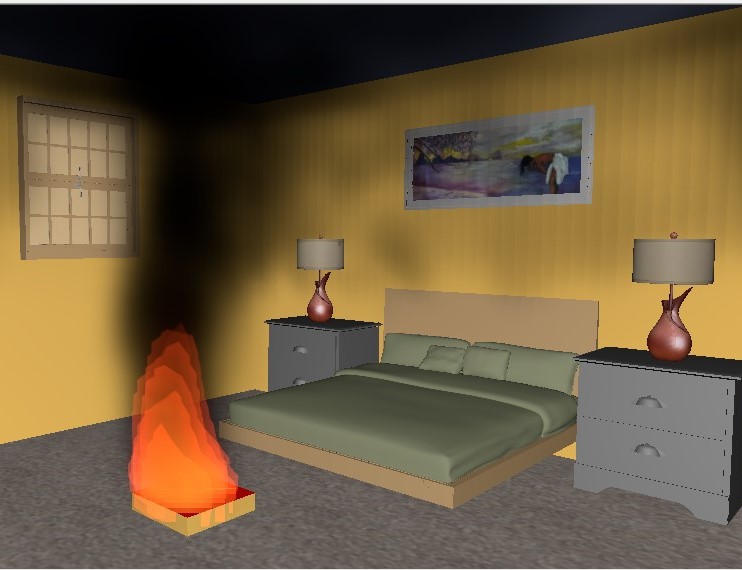News Story
National Science Foundation Awards Nearly $600K Grant to UMD/Morgan State University Partnership

Morgan State University, in collaboration with the University of Maryland (UMD) Department of Fire Protection Engineering (FPE), has received a grant in the amount of $596,383 from the National Science Foundation (NSF) in what is being called the first-of-its-kind funding support for behavioral fire research.
The project, entitled, "Excellence in Research: Human Visual Perception of Changes in Smoke and Flame Cues during Early Fire Development," is funded through June 2024 and aims to study the responsiveness to environmental indications of fire through the in-depth analysis of human behavior in diverse situations and physical cues. Identifying whether a real threat is present is a crucial step in taking decisive action. To fully account for the wide range of variables that are required for such action, the study employs a uniquely interdisciplinary approach. The research findings will also be used to improve fire safety systems, especially those found inside of homes.
The grant is a first-of-its-kind awarded to a Historically Black College or University (HBCU) through the NSF Decision, Risk and Management Sciences, Office of Integrative Activities, and HBCU Excellence in Research (EiR) integrated programs to conduct this type of research. MSU’s Justin Bonny, an assistant professor of psychology, will serve as the principal investigator (PI), while UMD FPE Professor and Chair, James Milke, will serve as the Co-PI.
"The topic of human behavior in fire is inherently multidisciplinary," Milke said. "Teaming with Professor Bonny at Morgan State is a great opportunity to study this area by leveraging talents from psychology and fire protection engineering."
Human subjects will participate in the study and be prompted to make decisions and judgements in response to software-simulated building fires. Past studies observed that initial signs of a fire tend to be ambiguous, with occupants often investigating the source. Exploring this connection, the research will identify the extent to which dynamic changes in fire cues are used by occupants to assess the posed risk of a fire and influence pre-movement decision making, which can be incorporated into theoretical models of occupant behavior.
Published November 29, 2022









